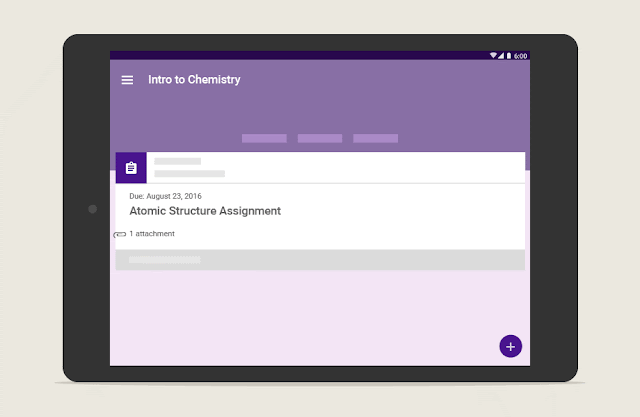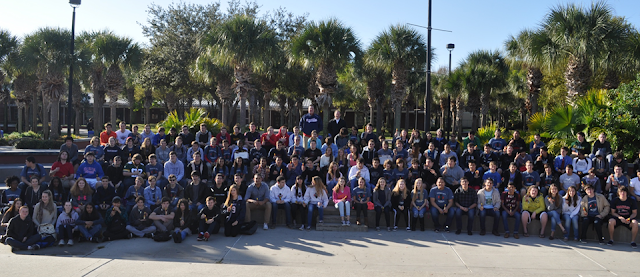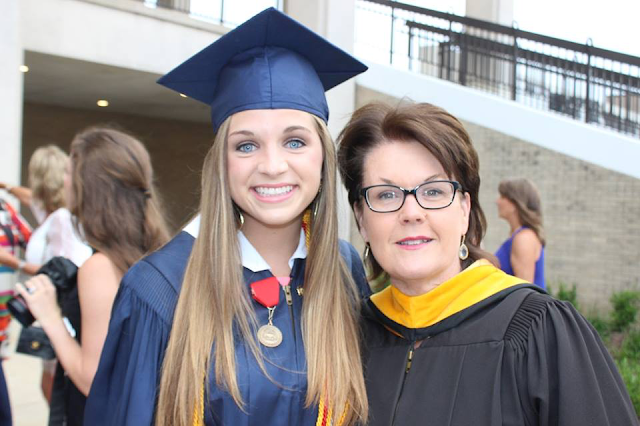The impact of the COVID-19 pandemic has affected numerous sectors, one of which is education. India, with more than 1.5 million schools and more than 260 million enrollments, is home to one of the largest and complex school education systems in the world.
For years, we have worked to expand access to technology in classrooms, with equal investment in developing tools, as much as ensuring that educators and students were equipped to use them. Never before has this mission been more relevant or urgent, than the current reality we face, with COVID-19 having disrupted our daily lives.
Teachers and educators have had to quickly adjust to meet the reality of students being unable to physically attend classes, while families across the country find themselves at home, with parents needing to balance their work with the learning needs of their children. As much as helping people find credible news and information is a key priority at this time, providing continuity in learning and education is equally mission critical and we are committed to providing helpful learning resources to families and educators in India.
Supporting education and learning through YouTube
To help parents, students, educators (or just the curious) find useful and high quality learning content created by education-focused creators on YouTube, we have launched the YouTube Learning Destination. The YouTube Learning Destination is accessible on mobile as well as desktop from the Explore tab, and contains resources spanning the full breadth of learning needs, from curriculum-relevant topics in physics, math, and biology, such as Permutations and Combinations, Why does Salt make food taste better?, How does a plastic comb attract paper?, and Taxonomy to study hacks (How to make smart notes), language skills (How to change basic English into business English) and interest-based content like photography, yoga and more. So whether you’re studying for a test, want to learn a new skill, or are just curious about the world, the YouTube Learning Destination is a handy resource to supplement curriculum learning for students or general skill building.
The YouTube Learning Destination currently features content in English and Hindi, with Tamil, Telugu, Bengali, Marathi and other Indian languages coming soon.
Helping educators transition to remote learning
To help ease the transition to remote learning during this situation, we have also rolled out free access to the premium features of Google Meet, to extend enterprise-grade video-conferencing capabilities to all G Suite and G Suite for Education customers, globally, until September 2020, which enables upto 250 participants in a single video conference. In India, we have collaborated with FICCI Arise and have so far trained 250+ schools across 23 states in the use of these tools. This ensures our teachers, students and customers can stay connected and work remotely.
To enable teachers and educators to get the support they need to begin teaching remotely, we have provided training and tips through the Teach from Home hub, which is also available in Hindi. We’ve built this resource with UNESCO as a central resource for teachers.
Caption: The Teach from Home website is a resource that helps teachers and educators get started with remote teaching during the COVID-19 crisis
This resource consists of numerous tutorials categorized around topics like setting up and teaching with and without video, keeping students engaged with discussions and virtual whiteboards, staying in touch with other teachers by sharing teaching resources and even making the teaching sessions accessible to children with special needs by implementing voice typing and closed captions.
We have also launched a global EDU hub comprising a collection of resources that help get started with remote teaching, to help educators ramp up quickly, while home isolation and social distancing norms are imposed to prevent the spread of COVID-19.
To help kids understand the safety measures to be taken during this COVID-19 outbreak, we have also released children's books from MoHFW and Chota Bheem on our reading app Bolo.
We all know the power of great teachers and inspiring lessons, and we hope these steps will help our kids continue to learn for as long as schools remain closed, and return energised when the education system re-opens.
Posted by Bani Dhawan, Head of Education - South Asia, and Satya Raghavan, Director, YouTube Partnerships - India















